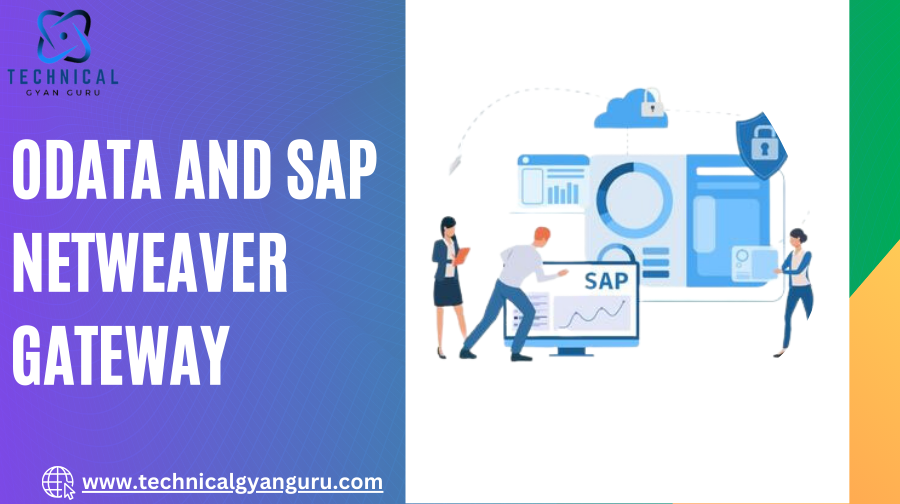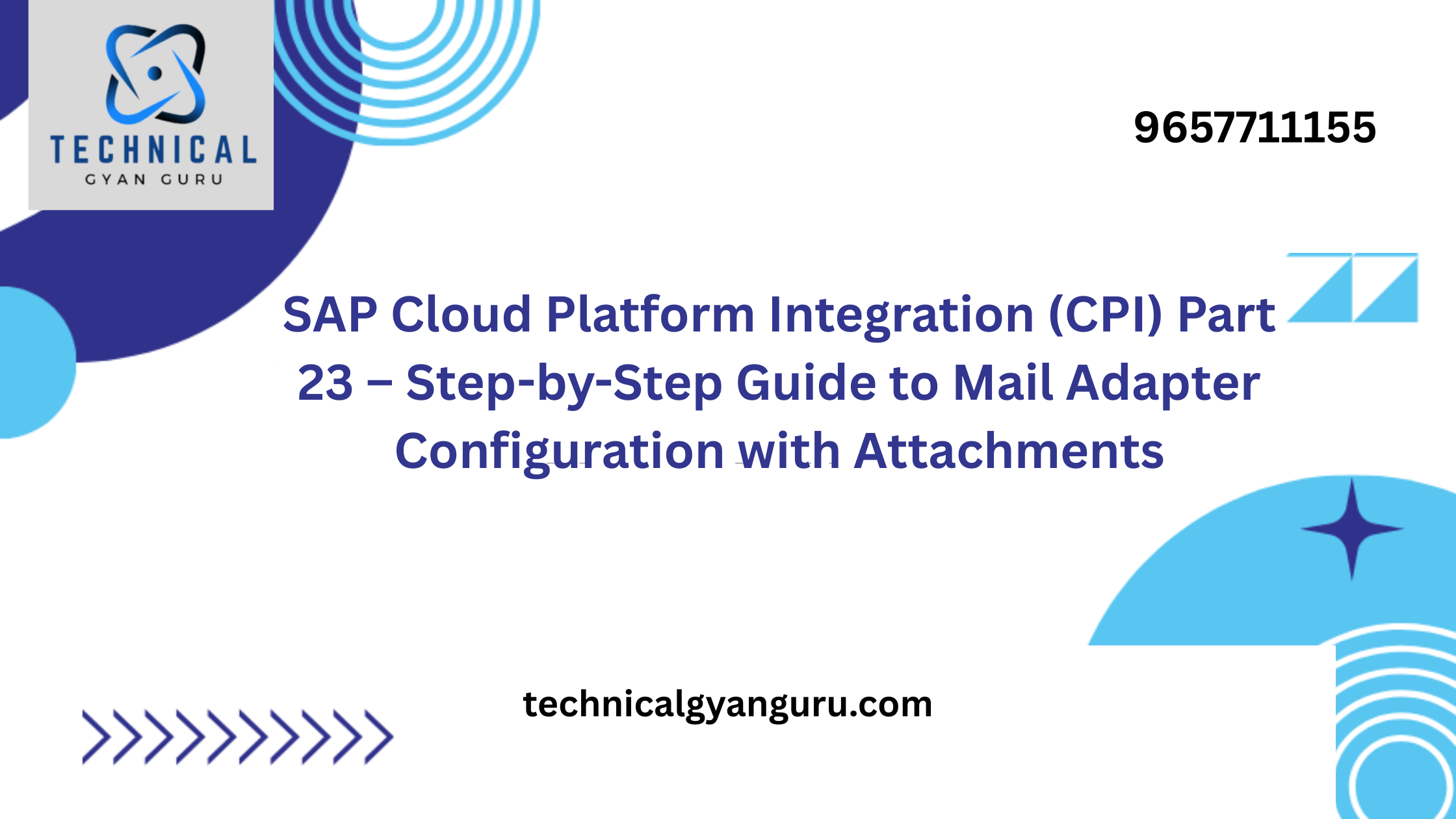
Explore OData and SAP NetWeaver Gateway in this guide. Learn about their role, advantage, and integration for seamless data exchange and application development
In the evolving landscape of SAP technologies, understanding the interplay between SAP HANA, S/4 HANA, and SAP ABAP on HANA is crucial for technical professionals. However, there’s another essential cluster of technologies—OData, SAP NetWeaver Gateway, SAPUI5, and SAP Fiori—that ABAP developers will encounter sooner or later. Following the comprehensive “Fundamental Tutorial Series on SAP ABAP on HANA,” we received numerous requests from our readers to provide a series on OData and NetWeaver Gateway. Given the high demand, we’re excited to present this series in a clear and systematic way, making it accessible for beginners.
Introduction to OData
OData stands for “Open Data Protocol.” It’s a standardized protocol that allows applications, programs, and devices to interact with SAP systems using HTTP(s) and manipulate XML or JSON documents. Essentially, OData serves as a web protocol for unlocking and sharing data, breaking down data silos that exist in various software applications. By supporting popular formats like JSON and Atom/XML, OData enables developers to build cross-platform web and mobile applications with seamless data integration and interoperability.
SAP NetWeaver Gateway Overview
SAP NetWeaver Gateway is positioned within the SAP Application Layer and acts as a bridge between the SAP system and external environments. It facilitates the exchange of data by converting HTTP(s) messages into OData responses. NetWeaver Gateway connects diverse devices, platforms, and environments to SAP Enterprise Data using OData services, allowing for integration without requiring deep SAP development expertise.
Key Concepts
- Clients and Servers: Clients (or “Consumers”) interact with OData services to query and manipulate data, while Servers (or “Producers”) expose these services via endpoints. Both sides can use different programming languages, as long as they communicate through HTTP.
- Pre-OData Integration: Before OData, non-SAP developers had to use RFC/BAPI or web services, requiring knowledge of SAP’s internal structures. OData has simplified this by providing a standard interface that requires no specific knowledge of SAP’s internals.
Advantages of OData
- Standard Formats: OData interfaces use XML or JSON, which are widely understood formats for web communication.
- Self-Describing Messages: OData messages are self-describing, making them accessible to non-SAP developers without requiring ABAP knowledge.
Why OData?
Previously, SAP integrations involved point-to-point solutions, leading to duplication of efforts and increased complexity. OData offers a unified model, reducing the need for multiple interfaces and streamlining data access across various applications.
OData vs. Other Protocols
OData is often referred to as the “ODBC of the Web” because it provides database-like access to resources, similar to how ODBC enables database connectivity. OData simplifies data communication across different systems, much like ODBC does for databases.
Competitors
OData from Google is a notable competitor. However, OData’s extensibility, such as handling specific SAP values like currency fields, played a significant role in its adoption over OData.
HTTP and RESTful Principles
- HTTP: The foundation of OData, HTTP operates on a client-server architecture where the client (e.g., a browser) sends requests and the server responds. HTTP is stateless, meaning each request is independent of previous ones.
- RESTful Design: OData is inspired by REST (REpresentational State Transfer), an architectural style for communication. REST is resource-based and uses uniform HTTP methods (GET, POST, PUT, DELETE) to interact with resources, simplifying the process for developers.
Examples and Practical Use
In a RESTful API context, OData services use URIs to represent resources and standard HTTP methods to perform operations. For instance, different URIs can point to the same resource, showcasing OData’s flexibility.
Checking SAP NetWeaver Gateway Installation
For SAP systems up to NW 7.3, NetWeaver Gateway included components like GW_CORE, IW_FND, and IW_BEP. From NW 7.4 onward, these have been bundled into the SAP_GWFND component, simplifying installation and management.
Conclusion
This introduction covers the basics of OData and SAP NetWeaver Gateway. In the upcoming parts of this series, we will delve into practical scenarios, including creating OData services, using HTTP methods, and integrating with SAPUI5 applications. Stay tuned for hands-on tutorials that will deepen your understanding of these technologies.
you may be interested in this blog here:-
Engaging Phonics Activities for Kindergarten -Reading Fun
Advanced OOP Concepts in SAP ABAP A Comprehensive Guide
Cloud Application Development: Building Scalable and Secure Solutions








